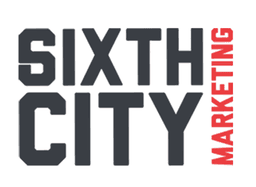Top User Experience (UX) Companies in Chicago
2 Companies

Sixth City Marketing
Verified
Are you tried of cookie-cutter marketing agencies? Looking for a company that completely customizes the strategies they make for their clients? Hi, we are Sixth City Marketing, and we create unique content, ads, and websites for our clients. Our ROI-focused efforts can help you get more leads, and sales, for years to come. And whether you are a top-rated university, a local dentist, or an international manufacturer - we can help. Since being founded in 2010, we have gone to grow our company and expand to various locations across the Midwest and beyond, including: Cleveland, Columbus, Pittsburgh, Chicago, and Indianapolis.
$200+
10 to 49
2010
United States (USA)
We are a Chicago-based team of experts in digital marketing for law firms. We work not only locally, but nationwide. For more than 10 years we've been providing our service for private-practice lawyers, attorneys, and even large law firms with hundreds of employees allowing them to enhance their business’ productivity! Grow Law Firm is ready to help you improve your law firm’s outreach and establish a strong online presence. We take great pride in our work, as it’s always client-oriented and done with utmost attention to detail. Building a new website from scratch, enhancing an existing one, providing high-quality SEO services, and creating working ad campaigns for you: whatever your business’ marketing needs are, we will deliver!
$50-99/hr
1 to 9
2008
United States (USA)
%3Falt%3Dmedia%26token%3D58d0bcfe-c01c-4727-8e0d-7d4ed0930bc8&w=256&q=75)